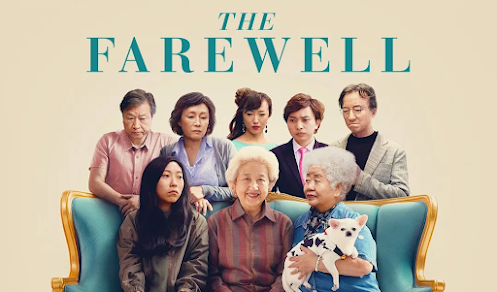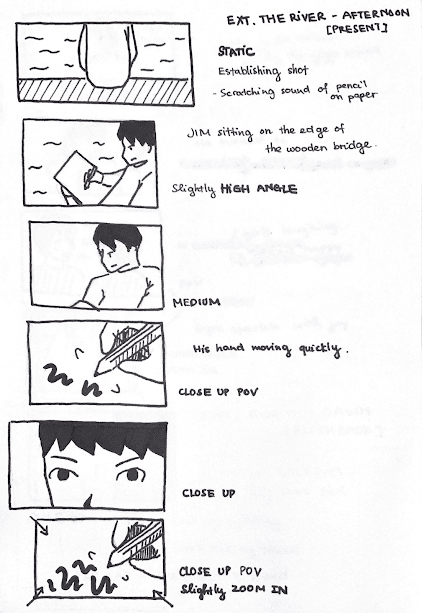The Farewell (2019)
The
Farewell (2019) tells the story of a special family with the grandmother living
in China, the eldest son in Japan and the second son settling in America. When
the grandmother was diagnosed with cancer and only had 3 months to live,
the entire family made the decision to conceal it and all return to China as
their final reunion under the guise of planning a wedding for the grandson Hao
Hao.
Billi, the niece, disagrees with the plan, she
thinks Grandma have the right to know about her own condition. Nevertheless, family members and weddings
still take place. The movie shows the conflict between East and West cultures,
the difference between modern and traditional ideas, and the gap between
generations.
Breaking the mould by creating acomedy begins from a family tragedy.
The film somehow reminds
me of Lighting Up the Stars (2022). Despite being in the comedy-drama genre, this dark, supposed-to-be sad theme of death is not
evaded in The Farewell but even hinted at throughout the film.
· The picture of the
valley at the beginning of the film is a warning of death. In Chinese culture,
the valley represents “yin”- often understood as the world of the deceased.
· A sparrow flying into the house in Western culture symbolizes a bad omen: someone is about to die in the house, though in Chinese culture, it means great luck.
· When Billi saw an image of an old woman appearing and disappearing like a ghost on the other side of the subway in New York.
Nevertheless, well-placed comedy bits keep the movie from being gloomy or depressing. The Farewell's bright point is the grandma’s optimism and faith in life and humans – which is rather interesting as the norm in many Asian movies is to portray cancer as the cause of all suffering and problems 😂.
Representation of Chinese people
With the
main characters being a Chinese family in America, the film did try to integrate
some details showing the cultural characteristics and habits of the Asian
community.
This can be seen by the intentional way of framing in many scenes that have one thing in common: pack all the family members into one frame. This gives the audience a feeling of closeness, tightens the relationship between members of the Wang family and also enhances the community characteristic of Asians. Even the wedding scene where it tries to squeeze all the tables into one frame… all evoke a sense of community.
The image of buildings in Changchun with rows of houses and apartments close together when Billi returned is also a representative of the community of East Asians: they tend to live closer together in a collective building than in individual houses with surrounding gardens.
💡 Link to my media product
I also aim to construct a character that is related to me - who may be reserved, traditional and collected. The lack of such teens in media products makes me doubt that we are in the minority of young people. It can be true - yet I wonder if this by any chance could be a misunderstanding formed by the too-often shown stereotypical depiction of youngsters in films.


Comments
Post a Comment